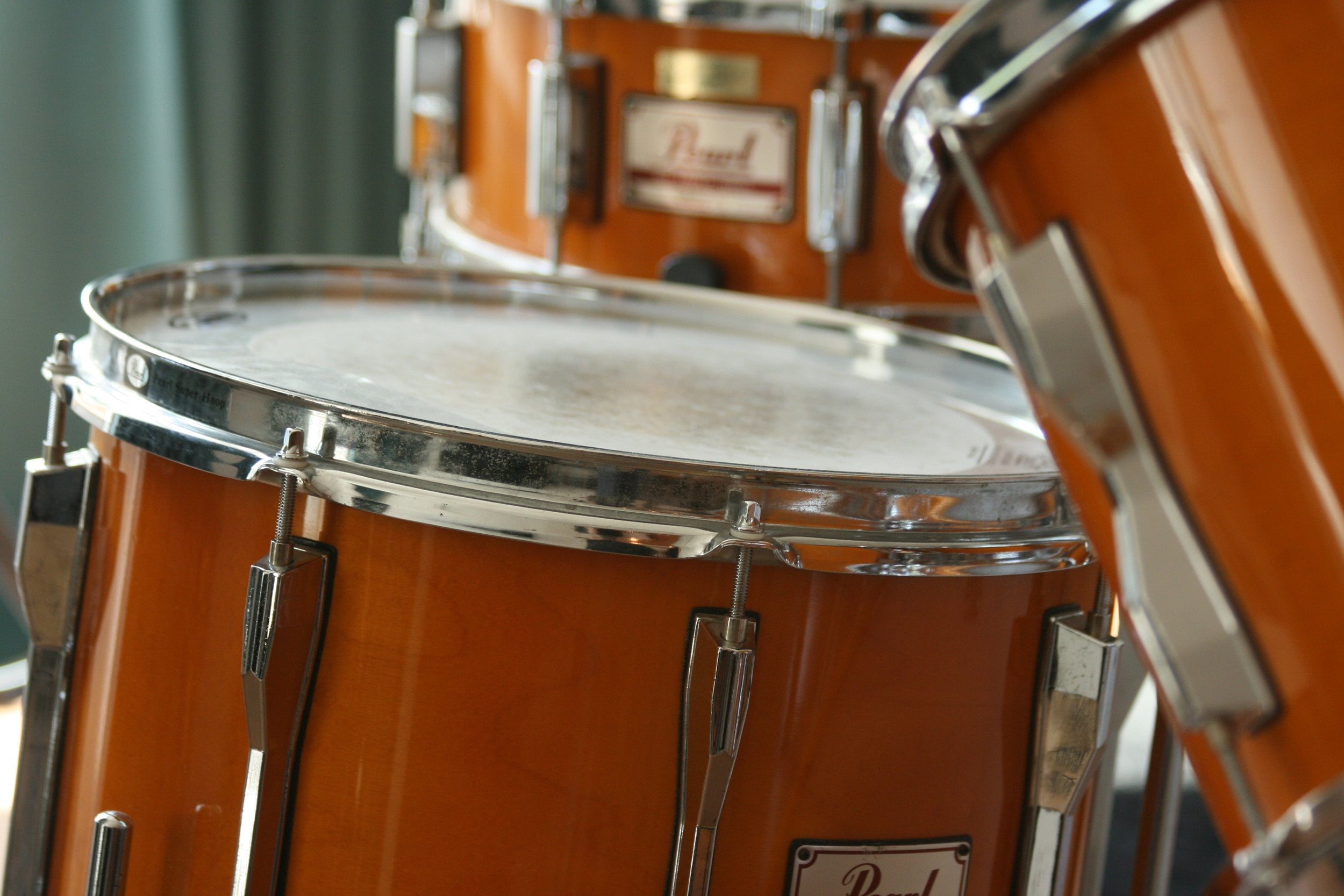Kore Studios
How to achieve better vocal recordings: equipment
How to achieve better vocal recordings: room acoustics


On one hand, laying down vocals is simply a matter of hitting ‘record’, doing your thing, and relying on the power of technology to capture your voice (musical or otherwise) in all its glory. On the other, laying down vocals is an endless gauntlet of fine tuning and troubleshooting and fiddling with software and shouting profanities at your equipment and… well, you get the picture. Those with experience recording vocals will know all too well the struggle of getting recordings ‘just right’ – the process can be puzzling, and it’s certainly not as easy as ‘just hitting record’.
What to bring to your recording studio session


Exactly what and how much you bring to your session at the recording studio is for you to decide. If you come to your session empty handed, we’re confident we’ll create something great with what we have at the studio alone. All we ask is that you don’t expect us to have every single piece of kit and instrument you have. We have a lot but we don’t have every artist’s ensemble. It’s your music. You know what you normally use and what you’re happy or not happy with. In this post, we talk through the equipment we offer then make suggestions of things you may (or may not) wish to bring of your own.
Indie Label vs Major Label: which is best for you?


For an independent band or musician, the recording industry can look like a daunting and unforgiving place. Caught between a lifelong dream of creating music and the harsh realities of finding the means, it can be difficult as a budding artist to decide on the best path to follow. The choices facing you are further complicated by the increasing influence that the Internet has over the music industry. For better or for worse, the online market has redrawn traditional routes into music and revolutionised power structures within the industry.
Best online resources for learning to mix music


The learning process is a strange thing. Regardless of the skill, ability, or profession in question, learning is all about committing to plenty of practice and trusting that time will pay dividends. This can be difficult in its own way, often requiring years of practice to see significant progress, long and strenuous days marred with frustration – regardless, the same credo usually applies: hard work pays off.
How to get gigs as an unsigned artist


For new artists taking the independent route, there’s no right or wrong way to win gigs. Some go full attack mode, creating detailed promotional material and sending it out to hundreds of venues within an eight-mile radius. Others opt for a slower and more informal approach, performing at friends’ house parties or charity events, seizing opportunities as and when they arise, perhaps even dabbling in a bit of busking.
Five steps to Spotify success for artists


You don’t need us to tell you that the music industry has been going through some drastic changes in the past few years. As a recording studio, we’ve not only noticed an aesthetic shift – in terms of which sounds and genres are most prevalent – but also a shift in the methods of distribution and marketing favoured by artists of all stripes. In 2018, releasing physical media is not the best way of getting music heard, generating income, or growing audiences. Instead, digital marketplaces are now more lucrative: according to a report by industry trade group IFPI, music streaming overtook physical sales as the biggest revenue source for the first time ever, with paid subscription streaming seeing a revenue growth of 45% since the previous year.
Making the most of your guitar tone


Last week on the Kore Studios blog we looked at the anatomy and acoustics of the bass drum, offering our tips on achieving a more consistent and robust sound. Now, we’ll be expanding beyond this low-end sound into higher frequencies, leaving the earthy thump of the bass drum and venturing into the kaleidoscopic tones of the guitar. We’ll be sharing some of our tips for making the most out of your guitar tone and achieving a sound that does your playing justice.
Making the most of your bass drum


Many drummers have a love-hate relationship with their bass drums. They pack a hefty punch, working to beef up the low-end of a song and define its rhythmic structure throughout. However, they can often be volatile pieces of kit, in large part due to their dominating resonance and size. You’ve probably been there: after hours spent fine-tuning your drum kit you finally start playing, only to put foot to pedal and get an overpowering ‘thud’ in return. Often a dry and muddy sound, with excessive top-end noise that gives the drum a tonal quality and unwanted overtones.







